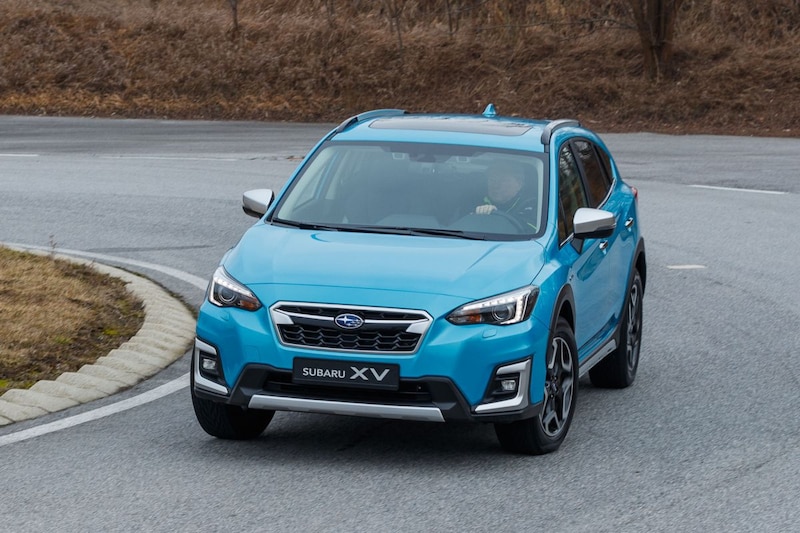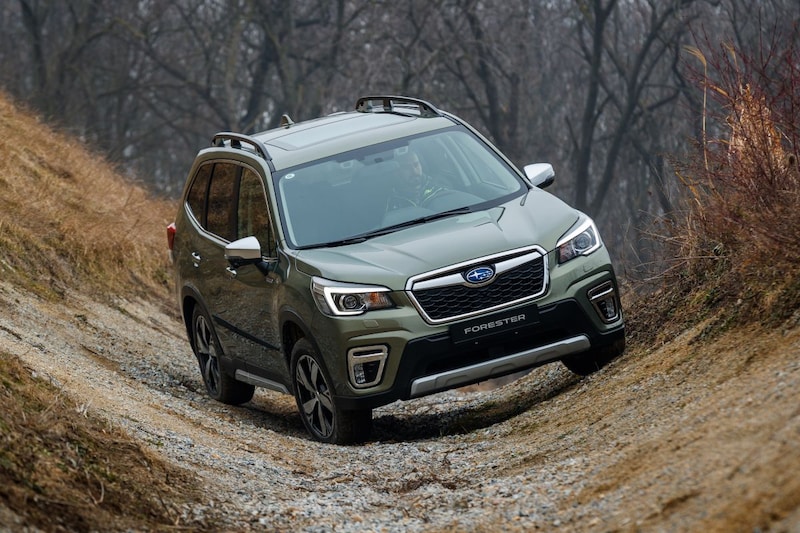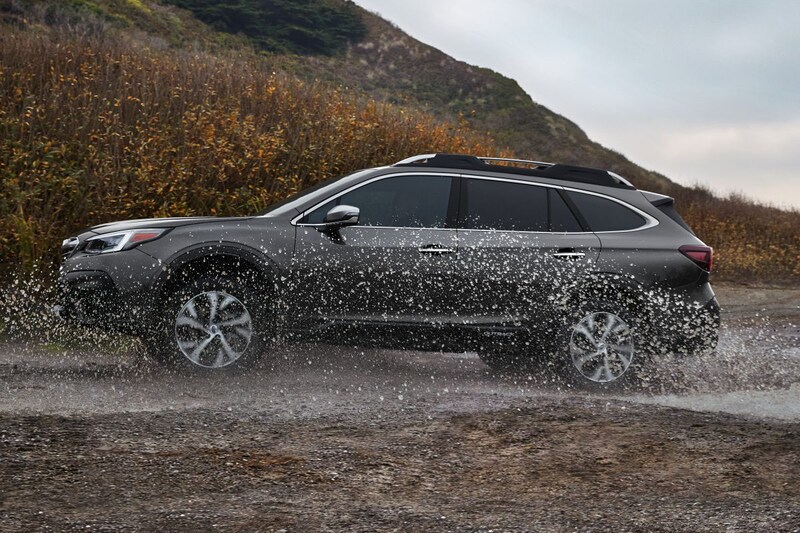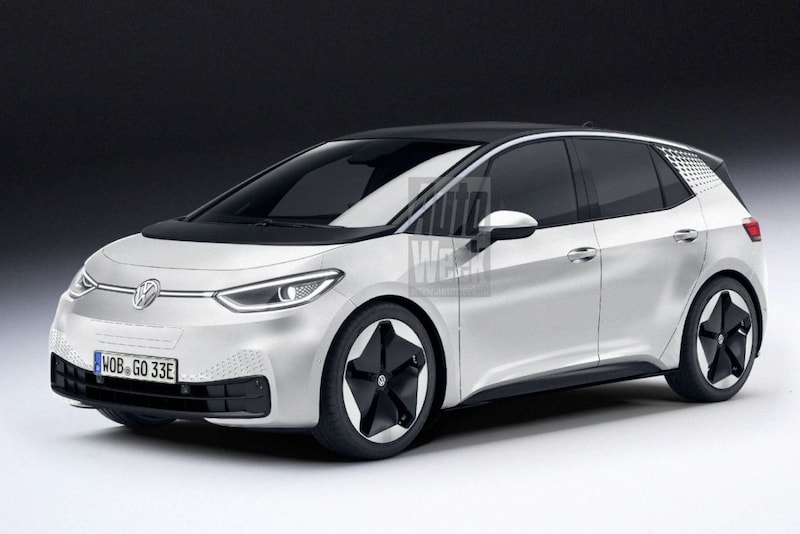- Joined
- Jul 17, 2016
- Messages
- 2,510
Neither the "new" Honda Jazz nor the BMW Z4 stand out as anything uniquely new style-wise; I tend to doubt they will be standouts performance-wise either.
Good thing for BMW, there seem to be plenty of well-healed, pretentious, A-holes among the car buying public.
Good thing for BMW, there seem to be plenty of well-healed, pretentious, A-holes among the car buying public.








